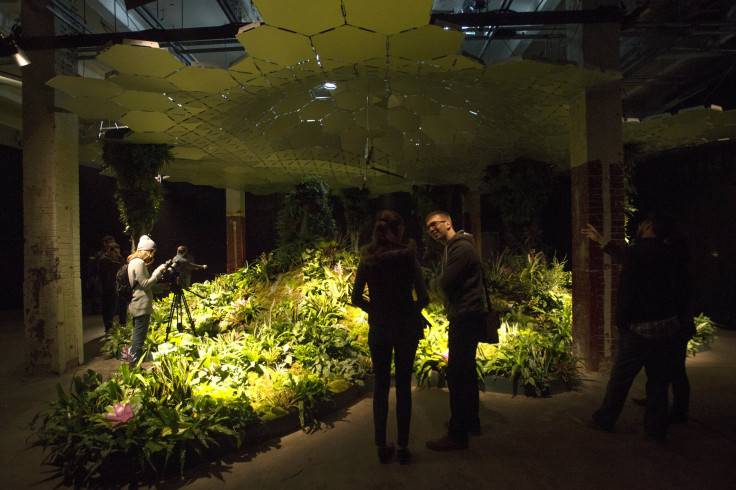When Is Lowline NYC Opening? World's First Underground Park Gets Preliminary Approval From City [VIDEO]

Seven years after New York City’s popular aerial greenway built on an elevated and discontinued Subway line, the High Line, opened up over the streets of Manhattan, the city has taken a significant step toward transforming another former transportation line into a place for leisure and relaxation. Only this one will be underground.
The so-called “Lowline,” a park planned to be built in an abandoned trolley terminal in the city’s Lower East Side neighborhood, received preliminary approval Thursday from the administration of Mayor Bill DeBlasio. The project has been pushed by developers for years and would encompass at least one acre using solar technology to maintain lush gardens underneath the streets of one of the densest cities in the country.
“The Lowline represents an incredible fusion of technology and public space. For eighty years, this underground space has sat idle. ... We can’t wait to see this experiment unfold,” Deputy Mayor Alicia Glen said when announcing the project.
The project, if officially approved, could open in 2021 at the earliest. Developers now must take several steps to show the city they mean business, including raising $10 million and providing schematic documents for approval, according to the New York Daily News.
Developers have already shown what may be possible. Last year, a technical exhibition called the “Lowline Lab” opened up to show the public just what is possible. More than 70,000 people attended the exhibit while it was open. That space, which is much smaller than the larger plans for the world’s first underground park, is being used to test lighting technology to keep the plants growing and healthy absent the sun, how to keep the air temperature optimal and how to collect water most efficiently.
Total development costs for the park are estimated to come out to about $60 million and an annual $4 million is estimated to be needed to maintain the park each year thereafter. While the city hasn’t approved that funding yet, developers say that it’s possible they’ll look for private funds if not.
© Copyright IBTimes 2025. All rights reserved.






















